Vietnam traditional craft villages attract global attention
Quang Phu Cau Village
Quang Phu Cau village on the outskirts of Hanoi has attained global fame for making incense sticks for more than a century.
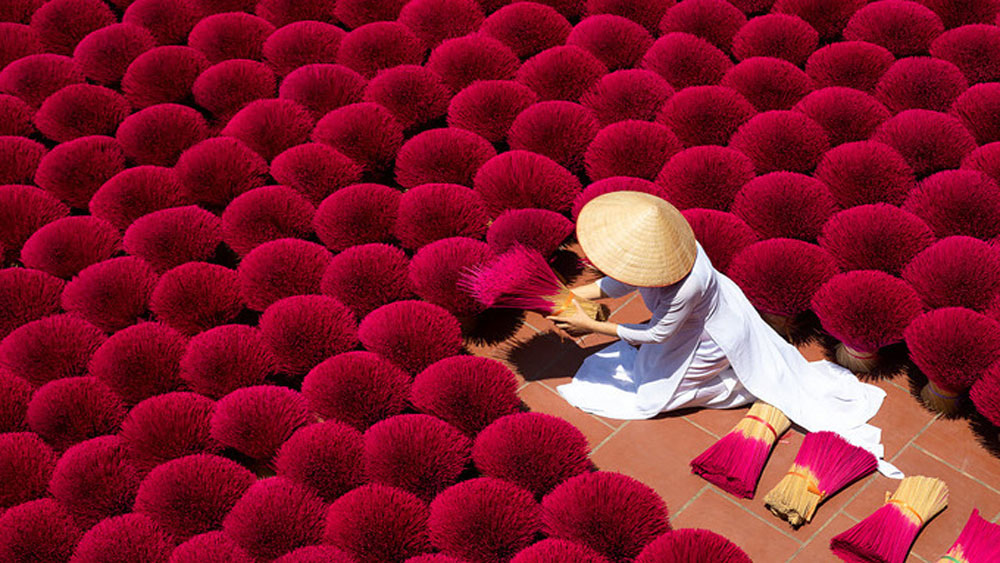
|
Here dozens are hard at work dyeing, drying and cutting bamboo to make the joss sticks ahead of the Lunar New Year.
French news agency AFP made an introduction about the village on its news site in January this year when the village was entering its busiest season of the year.
In March this year the photo of a woman collecting incense sticks in a courtyard in the village was named among the 100 best global travel photographs by CNN.
Sales surge every year ahead of and during the New Year between mid-January and mid-February, when people visit temples and light incense or burn the sticks at the ancestral altar at home.
The village’s products are consumed not only in Vietnam but also in India, China, Malaysia, and other countries. On average, Quang Phu Cau uses around 200 tons of materials a month and produces 50 tons of incense.
Cu Da vermicelli village
Cu Da village around 13 kilometers south of Hanoi boasts well-preserved old houses built in traditional Vietnamese style, old French-style buildings, centuries-old trees, a communal house, pagodas, and village gates.
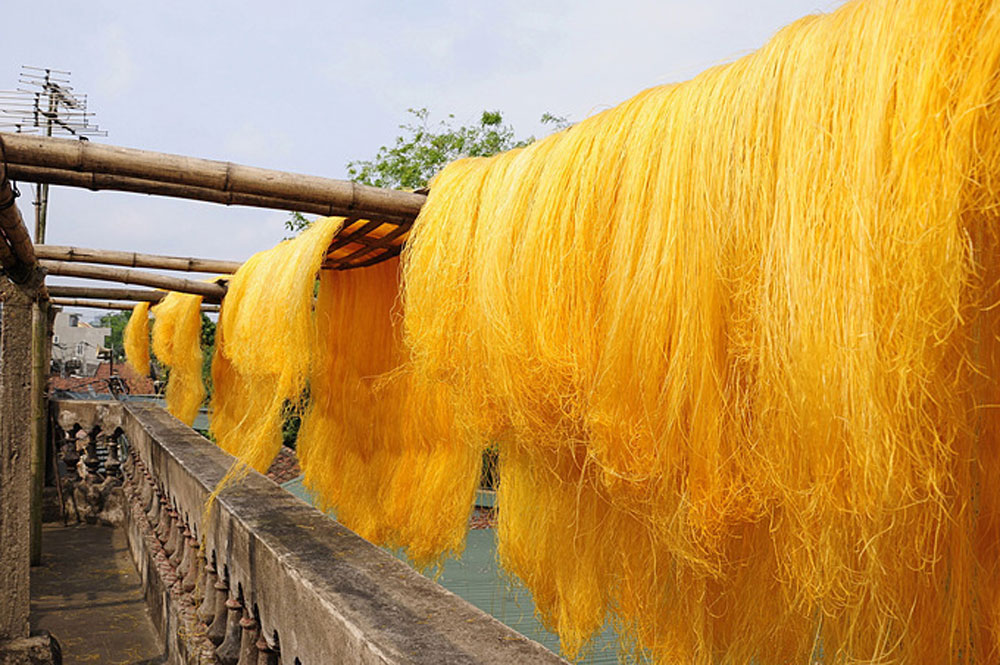 |
|
Dozens of families are making mien (vermicelli) for many years. |
This old village, which attracted CNN’s attention last year, is famous for making mien or vermicelli.
"In Cu Da, white and yellow vermicelli noodles dangle everywhere, covering rooftops and walls, pretty much any surface that noodles can be hung from," CNN said.
Locals there have been making glass noodles for around 70 years. Glass noodles are made from arrowroot, which is ground into flour, mixed with water, steamed, dried, and split into thin, long strings. They are used as the basic ingredient in many different soups cooked with chicken or pork.
Cu Da people started making vermicelli for their own consumption, but it became so popular that it became the main business in the village, with hundreds of tons sold each year.
Co Chat Village
Co Chat village in Nam Dinh Province around two hours south of Hanoi, where households have been making thread for more than a century, is located on the banks of the Ninh Co River.
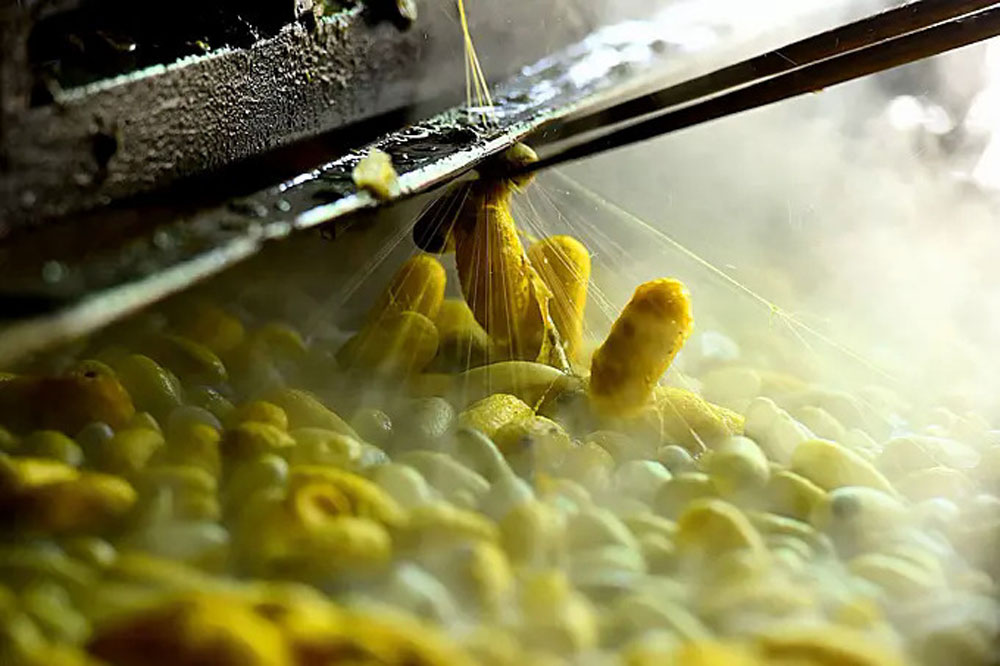 |
|
Silkworm cocoons are put into boiling water before silk fibre is unwound from them. |
According to village elders, sericulture has existed in Co Chat for several hundred years. The village makes both yellow and white silk threads. Last August the village was featured on AFP.
The thread production begins in March-April and ends around October. At the end of the season white silk can be found hanging everywhere on bamboo sticks in local markets.
Around 30 kilograms of cocoons are processed by each worker every day, and the threads are sold to traders who export them to Laos and Thailand.
Ban soy sauce Village
A traditional soy sauce producing village in Ban Hamlet, My Hao District, Hung Yen Province, around 30 kilometers from Hanoi, has caught the attention not only of professional photographers but also prestigious travel magazines.
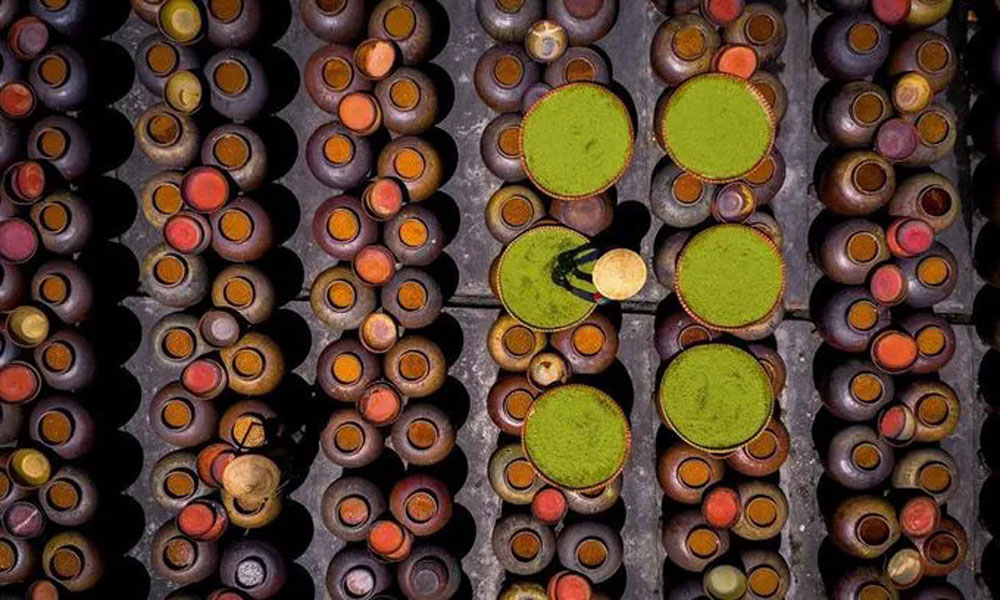 |
|
The photo of Ban soy sauce in Hung Yen Province, taken by Vietnamese photographer Pham Ngoc Thach, was posted on National Geographic's Instagram account on August 19, 2019. |
The image of two women preparing materials to make soy sauce, a specialty of this village, appeared on National Geographic.
The village is said to have its own traditional way of making the sauce, handed down over generations. The use of rainwater or water from a particular bore-well is said to be part of the "secret" behind this sauce, which is now known widely as tuong Ban (Ban soy sauce) or tuong lang Ban (Ban village soy sauce).
Tuong is a salty paste made from fermented soybean. It is a popular dipping sauce for vegetables, goi cuon (Vietnamese-style rolls made of pork, prawn, vegetables, rice vermicelli, and other ingredients wrapped in rice paper) and boiled meat. It is also used as a condiment for cooking.
The paste, which is generally dark brown in color, is produced by adding the fungus Aspergillus oryzae to roasted soybeans, which are then allowed to naturally ferment in a jar with water until it develops a savory flavor.
March to August is the busiest time of the year for these villagers.
Source: VnExpress
 Bắc giang
Bắc giang









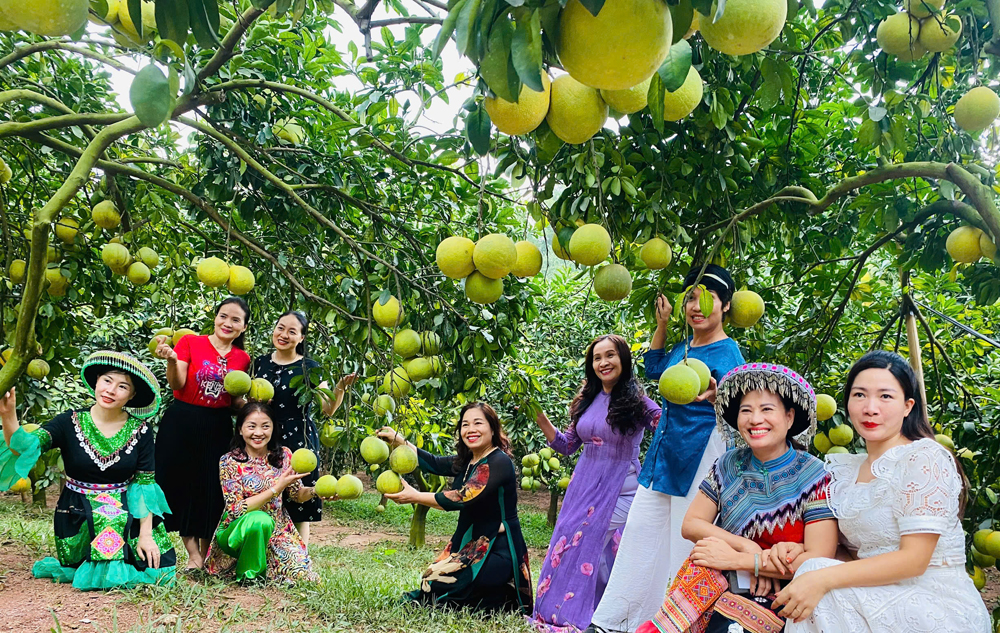





Reader's comments (0)